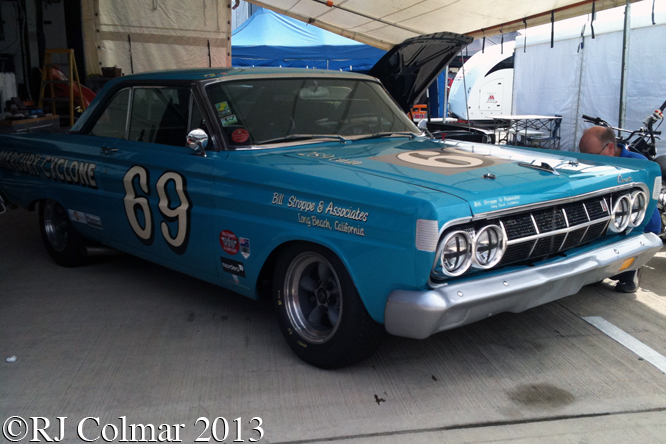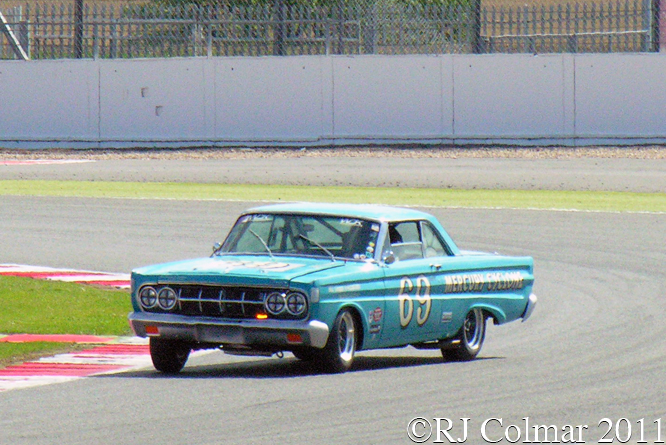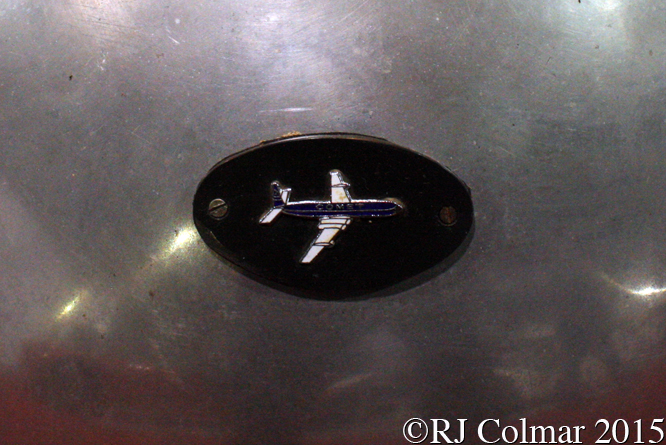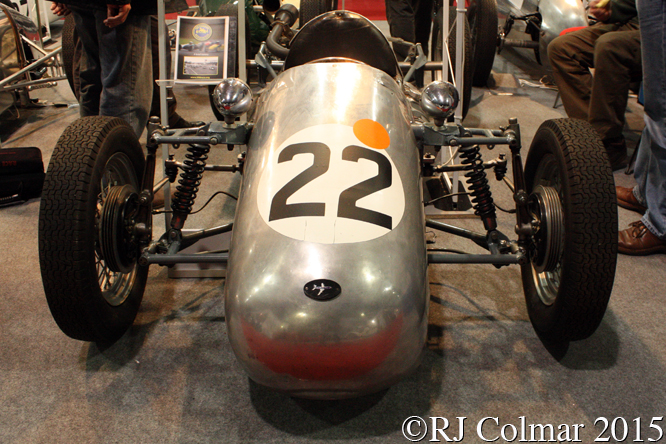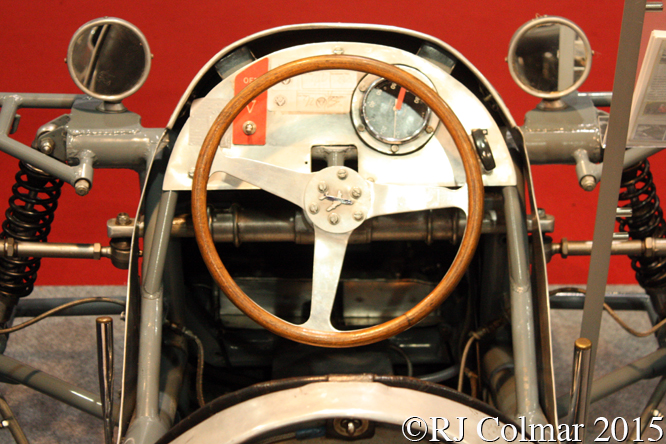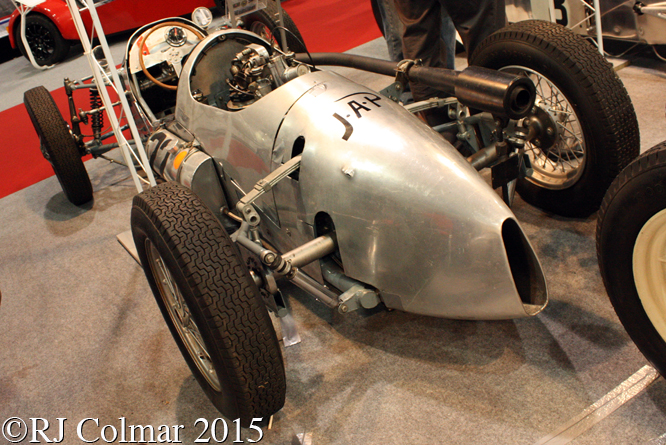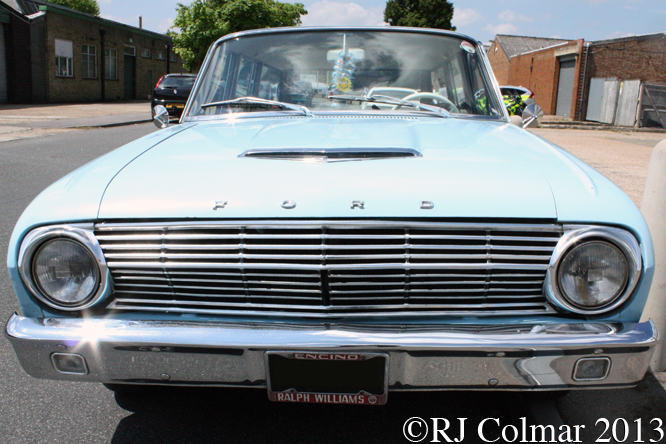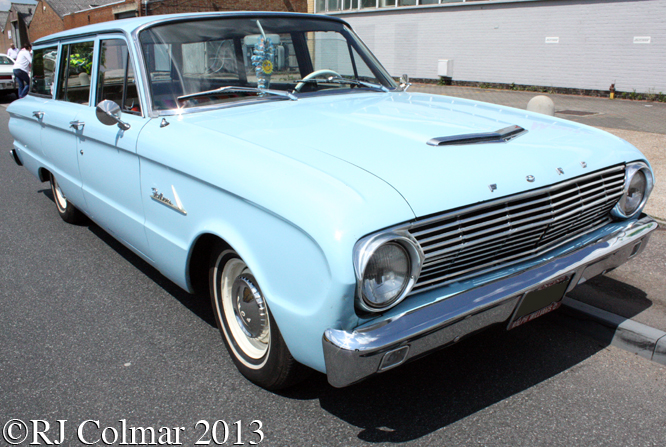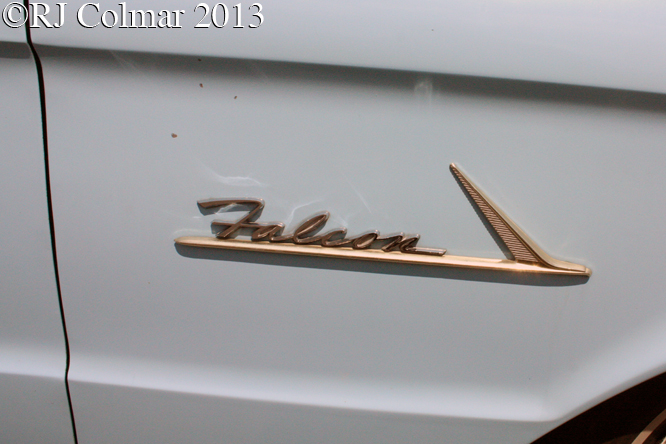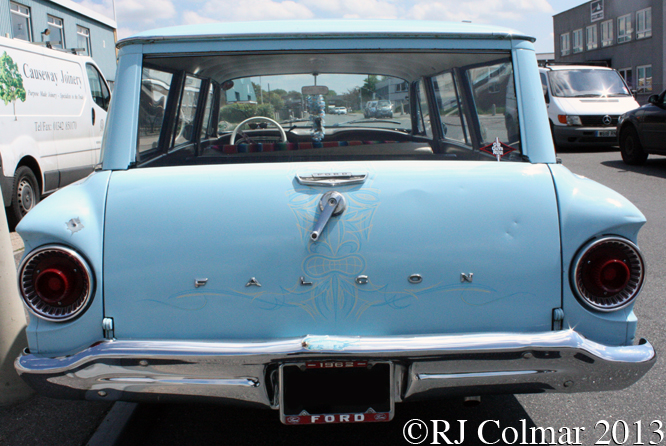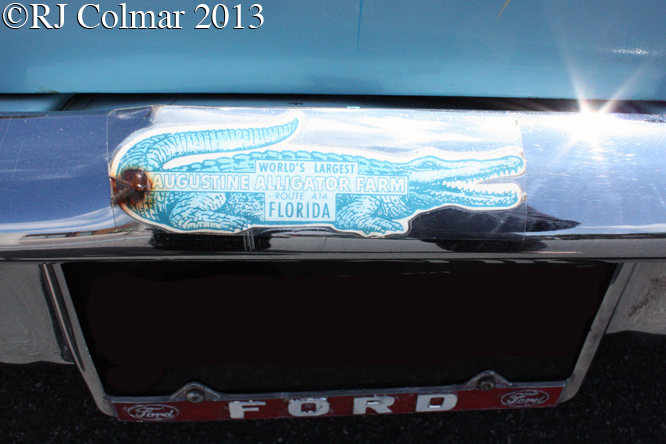In 1951 Murray Trenberth set out to design and build today’s featured competition car from his premises in South Australia.
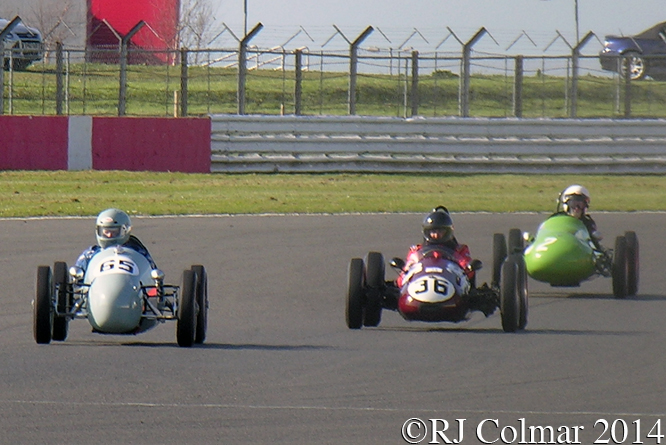
The 35lb frame was built from 3 inch tubes, with a wheel base of 86″ front track 50″ and rear track 49″.
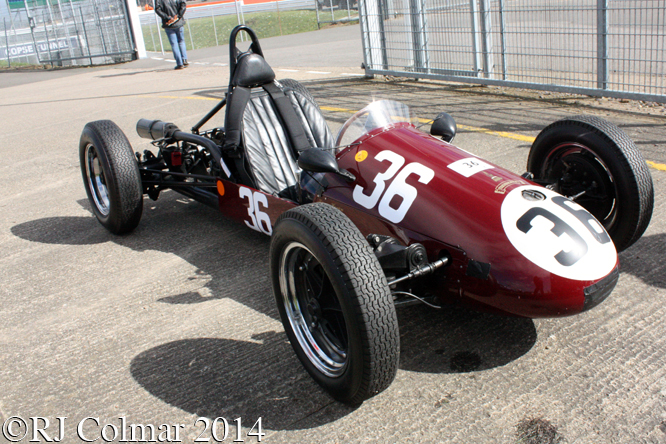
The lower front wishbones were made from square tubing while the top were fabricated from sheet metal, Murray also fabricated his own uprights which are connected to the wishbones by rose joints and the tiny one off rack and pinion steering.
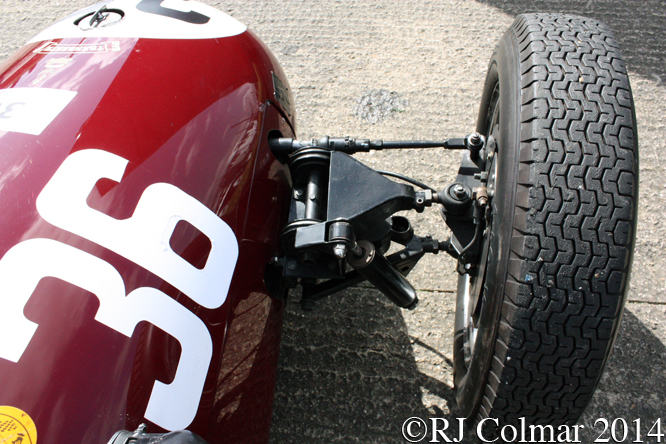
The rear swing axle suspension was fabricated from tubes and originally suspended by rubber cut from 6″ by 16″ inner tubes, today bands from truck tarpaulin fasteners are used, Murray incorporated roller bearings into his rear hubs, he was also responsible for devising all of the drive components.
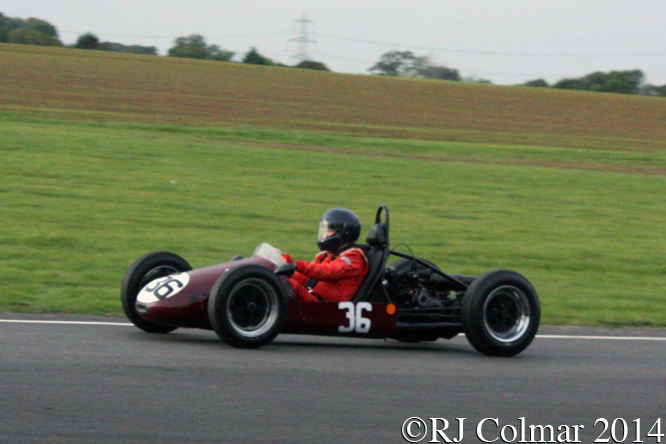
Murray based the braking system on photograph’s of pre war Mercedes Benz Grand Prix cars which includes four specially cast nickle chrome brake drums with alloy wheel centres, cast alloy brake shoes, dural wheel cylinders and stainless steel pistons, he even made the chromed steel copies of Renault wheel rims that bolt to the brake drums.
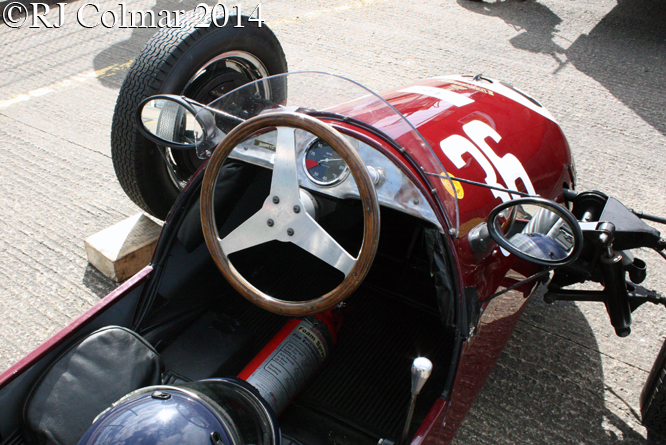
Adelaide Vincent agent, Sven Kallins was given the responsibility of supplying a new 80hp Vincent Black Lightning V twin engine and gearbox for running in the up to 1 litre / 61 cui class and a Vincent Comet engine was upgraded to 35hp competition Series C Grey Flash spec and coupled with a Norton gearbox for the up to 500cc / 30.5 cui class as seen in these photographs.
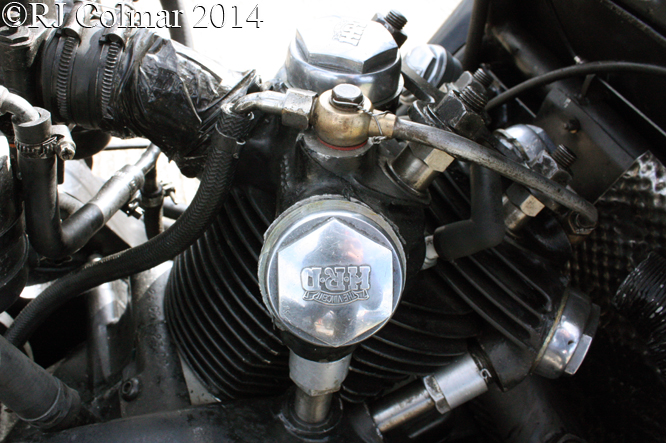
All of this hard work paid off, on his debut in the car Murray recorded fastest time of the day at Collingrove Hillclimb in South Australia and went on to win the South Australian Hillclimb championship, finish second in the Australian Hillclimb championship, record the out right lap record at Port Wakefield Circuit in South Australia, finish fifth in the 1955 Australian Grand Prix, 1st in the 1956 Reno Trophy Altona Circuit, Victoria, among 150 race, sprint and hillclimb wins.
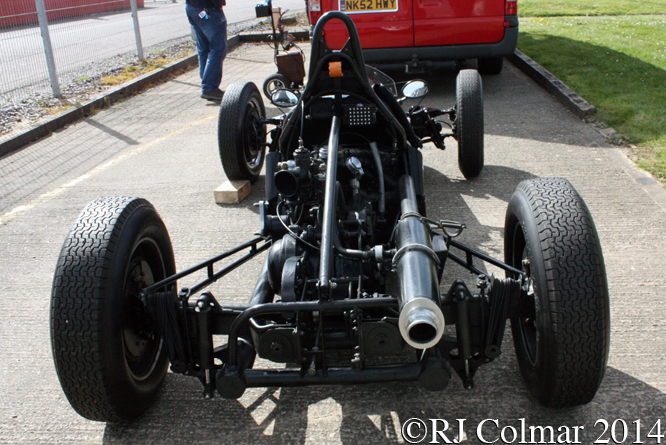
In 1960 Australian Speedway Sidecar champion Don Willison bought the Trenberth Vincent and raced her up until his death in 1973, Kerry Horan, seen driving the car in these photographs at Silverstone and Castle Combe, became the Trenberth Vincents sixth owner in 1990.



